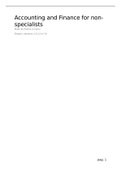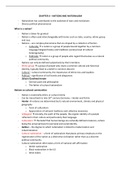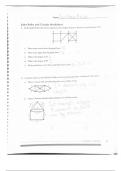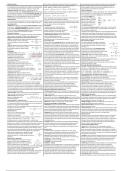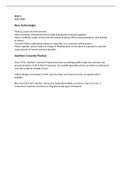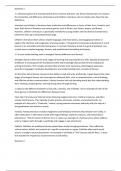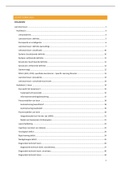Samenvatting
Summary Accounting and finance recap
- Instelling
- Hogeschool Van Hall Larenstein (VHL)
this is a recap of the accounting and finance book from Peter Atrill. for this exam i made this recap and scored an 8,6. so that proves that it is a real good recap
[Meer zien]
